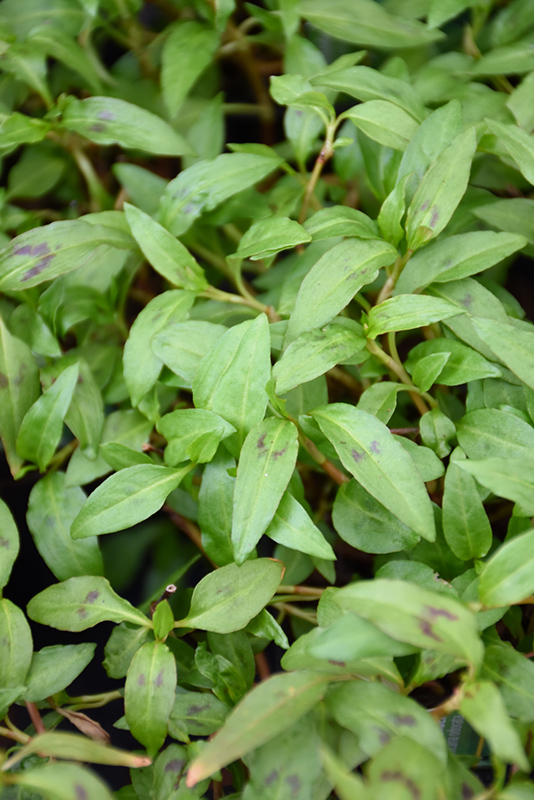Height: 24 inches
Spacing: 12 inches
Sunlight:
![]()
![]()
Hardiness Zone: (annual)
Other Names: Vietnamese Mint, Vietnamese Cilantro, Rau Ram
Description:
A visually appealing and delicious culinary herb; perfect addition to gardens and patio containers; features green pointy foliage with interesting burgundy streaks; lemony flavor with a pepper punch, commonly used for salads, soups and stews
Edible Qualities
Vietnamese Coriander is an annual herb that is typically grown for its edible qualities. The fragrant pointy green leaves with prominent burgundy stripes are usually harvested from late spring to early fall. The leaves have a pleasant taste.
The leaves are most often used in the following ways:
- Fresh Eating
- Eating When Cooked/Prepared
- Cooking
- Drying
Planting & Growing
Vietnamese Coriander will grow to be about 24 inches tall at maturity, with a spread of 18 inches. When grown in masses or used as a bedding plant, individual plants should be spaced approximately 12 inches apart. Its foliage tends to remain dense right to the ground, not requiring facer plants in front. Although it's not a true annual, this fast-growing plant can be expected to behave as an annual in our climate if left outdoors over the winter, usually needing replacement the following year. As such, gardeners should take into consideration that it will perform differently than it would in its native habitat.
This plant is typically grown in a designated herb garden. It does best in full sun to partial shade. It prefers to grow in average to moist conditions, and shouldn't be allowed to dry out. It is not particular as to soil type or pH. It is highly tolerant of urban pollution and will even thrive in inner city environments. This species is not originally from North America.
Vietnamese Coriander is a good choice for the edible garden, but it is also well-suited for use in outdoor containers and hanging baskets. It can be used either as 'filler' or as a 'thriller' in the 'spiller-thriller-filler' container combination, depending on the height and form of the other plants used in the container planting. It is even sizeable enough that it can be grown alone in a suitable container. Note that when growing plants in outdoor containers and baskets, they may require more frequent waterings than they would in the yard or garden.

